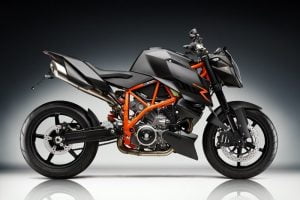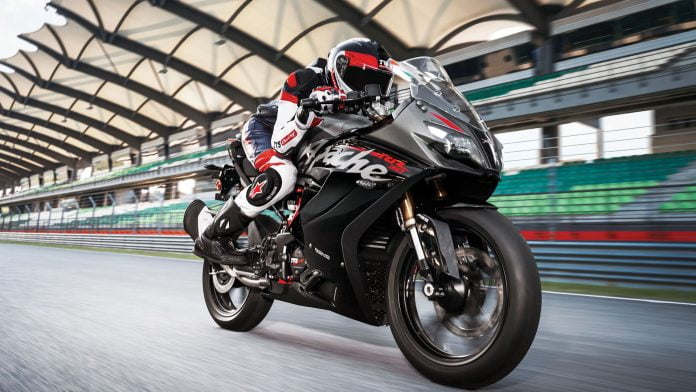Sri Lanka Motorcycles Market was declining after hitting the all-time record in 2015. However, when the government banned import vehicles, the sector crashed down. The import restart is expected this year.
With over one fourth of a million new motorcycles sold per year, in 2020 the Sri Lankan motorcycles market was one of the Top 25 in the World and the 2-wheeler were representing the main individual mobility device for the local families.
However, the market declining from the 2015 half a million record, due to the declining purchase power and the increased cost of financing. The country was not economic healthy, but the arrival of Covid was tremendous and the government, very short in cash, decided to block import of hundreds goods, including cars and motorcycles.
The consequence was to move the new vehicles market near zero, as the dealer stock ended, with consumers purchasing only pre-owned vehicles, which become very rare and expensive.
Unfortunately this economic strategy was not successful, considering that Sri Lanka GDP was one of the worse worldwide in the last 3 years, declining over 3% in 2023.
Now, it seems that the government is looking at a new strategy, and the re-opening of vehicles import is expected in the next months.
Market Heritage
“The first motorcycle arrived in the island on January 20, 1903. Mr. C. Hahn of Messrs Bohirnger & Co. was the first person to introduce the motor cycle to Ceylon. These early motorcycles were belt-driven from the engine to the rear wheel and had only one speed and pedals were used to start it. The first motorcycle ride to Kandy and back was undertaken by Mr. Fred Nell, the founder of Colonial Motors on a ‘Noble’ machine. His trip from Colombo to Kandy and back in one day was a great achievement”.
English manufactured motorcycles were very popular and were imported by Sri Lanka users in the 1960’s too. English makes namely Norton, BSA, Royal Enfield and Triumph motorcycles were very popular here till the 1960’s. These English motorcycles had gear shifting lever located in the right side of the engine. They had choke and half compression facility for easy kick-start. Some models had gear levers that were operated by hand.
Later Japanese made Honda motorcycles were introduced in Sri Lanka by 1970’s. At first the small Honda motorcycles with less sound and gear changing levers on the left side didn’t attract much attention against the British models. Later when the Government allowed importing of used motorcycles from Japan, the Honda’s 90cc motorcycles (Super Cub and Postman Bikes) became a hit in Sri Lanka. People were looking for less priced motorbikes from Japan with different engine capacities. After this, Yamaha, Kawasaki, Suzuki and other companies started to open their marketing expansion here in Sri Lanka.
Competitive Landscape
Honda took the lead in the market in the seventies and reinforced it with the partnership with the Indian Hero. In more recent years Japanese brands have left space to Indians and the market become a feud of Bajaj Auto, which in the 2014 hit an impressive record of 80% market share, actually declined at some more than 60%.
Others Indian brands are on top of sales, like TVS (with the Apache very popular), Hero, Mahindra (actually declined) and Royal Enfield. All Japanese are represented while KTM – thanks to the partnership with Bajaj and with vehicles arriving from India – is the leader among the premium brands. BMW was able to supply local police department in a country were the cc limit for road use is 250cc.















